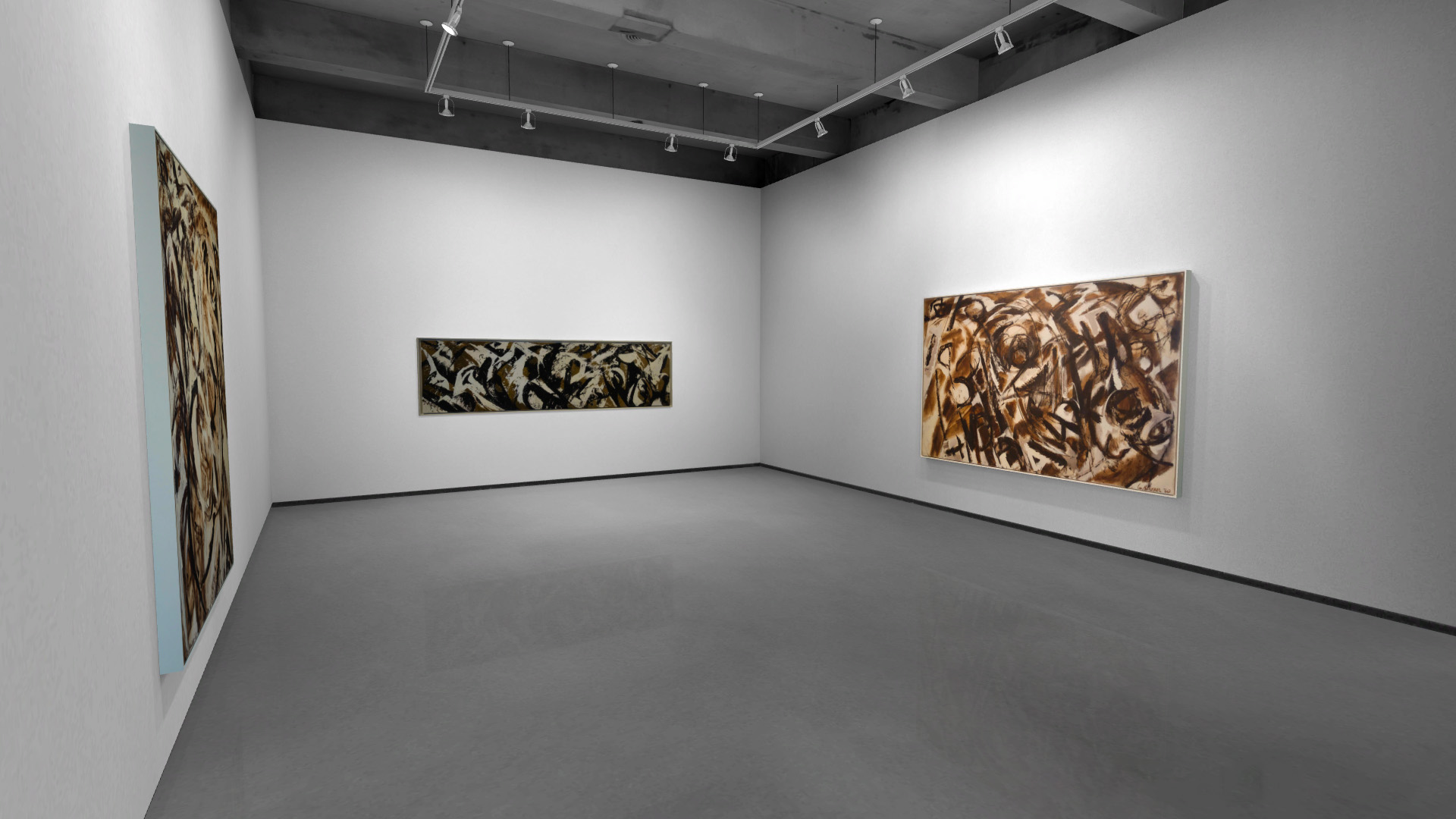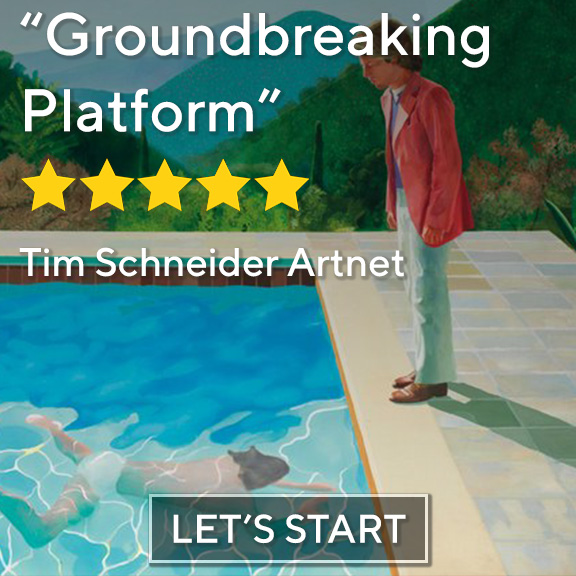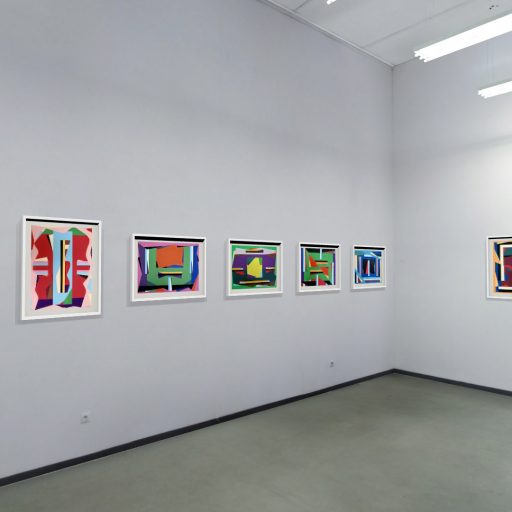

Loading...


The exhibition will be accompanied by a fully illustrated and comprehensive catalogue raisonné on the serie... more >> Paul Kasmin Gallery, in collaboration with the Pollock-Krasner Foundation, is pleased to announce an inaugural solo exhibition of paintings by Lee Krasner, which will focus on her iconic The Umber Paintings, 1959 – 1962. The series consists of only twenty-four paintings, eight of which are held in major institutional collections.
The exhibition will be accompanied by a fully illustrated and comprehensive catalogue raisonné on the series with an essay by art historian Dr. David Anfam, Senior Consulting Curator of the Clyfford Still Museum in Denver and curator of the recent exhibition Abstract Expressionism at the Royal Academy, London.
Painted between 1959 and 1962, Krasner’s Umber Paintings were realized during one of her most ambitious periods of creative production following the sudden and tragic loss of her husband, Jackson Pollock. During this time of newfound solitude, Krasner moved into Pollock’s studio at their home in the Springs, East Hampton, which enabled her to experiment on large canvases for the first time. In addition to the increase in scale, this period was also characterized by a further commitment to ‘allover’ compositions, an emphasis on gesturality and an engagement with the individual psyche.
By the end of the 1950s, Krasner’s emotional turmoil—engendered by not only Pollock’s death, but also her mother’s recent passing—caused the artist to suffer from severe and chronic insomnia that confined her to work only at night under artificial light. It is under these unusual conditions that Krasner came the closest to embodying Pollock’s signature style, yet in her own singular posture of fiercely composed abstract forms, explosive brushwork and a refined, nuanced palette of umber, cream and white. As a result, Krasner’s Umber Paintings convey a distinctive rawness and intensity that was unprecedented in her oeuvre until this point and remain lauded as the artist’s most psychologically evocative works.
In Fecundity, 1960, Krasner establishes a mature vocabulary of a reduced palette and maximizes the dynamism of her composition. Quasi-abstract forms emerge from a vortex of fervent brushwork, diagonally spanning the composition. The work is emblematic of a heightened painterly confidence and technical sophistication, evidenced by the integration of sprays and arcs with drops and nodules of paint. At once unruly and lyrical, Moontide, 1961, is animated by Krasner’s individual and newly powerful backhand gesture, advancing in a rhythmic motion from right to left in vast, curvilinear sweeps that result in interlaced bold forms of black, umber and white.
Reflecting on the Umber Paintings in 1973, Krasner remarked: “My painting is so biographical, if anyone can take the trouble to read it.” The paintings in the series stand as cathartic vehicles by which the artist confronted her turbulent relationships and the effects of consuming grief, while further developing into one of the most distinct and significant artists of the Abstract Expressionist era.
LEE KRASNER (b. 1908, Brooklyn, NY; d. 1984, New York, NY) has been the subject of significant museum exhibitions worldwide. The first major retrospective on the artist’s work in over thirty years will open in London in 2019 and travel to multiple European institutions through 2020. Krasner’s work is included in the permanent collections of numerous leading institutions, including the Albright Knox Art Gallery, Buffalo; Brooklyn Museum, New York; Cleveland Museum of Art; Hirshhorn Museum and Sculpture Garden, Washington, D.C.; Los Angeles County Museum of Art; Metropolitan Museum of Art, New York; Museum of Contemporary Art Los Angeles; Museum of Modern Art, New York; National Gallery of Art, Washington, D.C.; National Gallery of Australia, Sydney; Philadelphia Museum of Art; Whitney Museum of American Art, New York; Tate Modern, London; Wallraf-Richartz Museum, Cologne and among many others.







